Amazon Reselling Made Simple: A Quick Guide
Starting a reselling business on Amazon can be both convenient and profitable. In 2024, independent sellers were responsible for over 60% of Amazon’s total sales, with U.S.-based small and medium businesses averaging annual sales of more than $290,000 on the platform.
Wondering where to source products for resale? Curious about selling branded items and other profitable offers? This guide will help you understand how to launch and scale a reselling business on Amazon successfully.
What Does Reselling Mean?

Reselling is a business model where you buy products from various suppliers and offer them directly to consumers. Here’s a general breakdown of how it works:
- Analyze product trends: Research popular products that are in high demand and could offer good profit margins.
- Source inventory: Purchase items from reputable vendors in quantities that suit your business scale.
- Create product listings: Post your items for sale online with competitive pricing.
- Manage fulfillment: Choose between fulfilling orders yourself or using Fulfillment by Amazon (FBA).
- Oversee operations: Monitor stock levels, handle returns, and provide customer service.
Is Reselling a Good Fit for You?
Reselling may be ideal if you’re interested in selling:
- Hard-to-find items: Take advantage of limited availability to generate higher profits.
- Rare or collectible products: Offer unique or vintage items that appeal to niche buyers.
- Seasonal merchandise: Sell goods tied to specific seasons or holidays to meet timely demand.
- Discounted or clearance goods: Buy low and sell at regular prices for potential profit.
- Trending products: Capitalize on fast-selling items like popular gadgets or fashion pieces.
To get started, create an Amazon seller account. Choose from two options:
- Individual Plan: Pay $0.99 per item sold, plus applicable fees.
- Professional Plan: Pay $39.99 per month, plus selling fees.
Use Amazon’s free fulfillment cost calculator to estimate your expenses and potential earnings before choosing a plan.
5 Key Steps to Launch a Reselling Business

1. Understand Product Demand
Track market trends regularly, as popular products can shift from month to month. Staying updated will help you keep your inventory relevant and in demand. Common high-performing categories on Amazon include clothing, jewelry, and furniture. Avoid restricted or unsafe products by reviewing Amazon’s selling policies.
Use tools and data to evaluate potential products:
- Conduct market research to identify top sellers.
- Review Best Seller Rankings (BSR) to spot opportunities.
- Use ecommerce platforms to identify low-competition items.
- Refer to Amazon’s product ideas guide for inspiration.
2. Source Inventory Wisely
There are many ways to obtain products for resale. As you explore suppliers, follow these tips:
- Research manufacturers and suppliers thoroughly.
- Verify the quality and authenticity of each item.
- Test products for proper functionality and condition.
- Ensure safety standards and compliance are met.
- Keep detailed records of transactions and purchase orders.
Inconsistent quality from different sources can lead to higher return rates and customer dissatisfaction. Always vet suppliers carefully and request samples before placing larger orders.
Also, be mindful of Amazon’s intellectual property guidelines to avoid any trademark or counterfeit issues.
3. Create Listings on Amazon
Amazon simplifies the listing process by letting you match products with existing listings already visible to millions of shoppers.
Because the reselling space can be competitive, pricing your products effectively is crucial. Avoid underpricing that hurts profits and instead adopt smart pricing strategies.
Try Amazon’s Automate Pricing tool, which updates your prices based on real-time market trends:
- Log in to Seller Central, navigate to “Pricing,” then select “Automate Pricing.”
- Use a predefined rule or create a custom one tailored to your strategy.
- Choose the SKUs to include, set price limits, and apply your pricing rules.
- Track results and performance in your Seller Central dashboard.
4. Manage Fulfillment and Shipping
Decide whether you’ll handle order fulfillment yourself or use Amazon’s FBA service. With merchant fulfillment, you’ll be responsible for shipping, inventory, returns, and customer service.
Fulfilling orders on your own requires time and organization. If you’d rather focus on growing your business, consider enrolling in Fulfillment by Amazon (FBA). With FBA, Amazon manages storage, packing, delivery, returns, and customer support.
5. Boost Your Sales
Competition among resellers can be intense, especially in categories like electronics. To succeed, focus on your strengths and understand your customer base.
Leverage Amazon tools to improve visibility and conversions:
- Product Opportunity Explorer: Monitor emerging trends and niches.
- Sponsored Products: Promote your listings through paid ads.
- Amazon Live: Host live video sessions to engage customers and showcase products.
Use these tools to stand out in a crowded marketplace and drive consistent sales.
Start Reselling on Amazon Today
Amazon Reselling offers a fast track into ecommerce with the potential for substantial returns. Whether you’re just starting or looking to expand your current operations, Amazon provides an excellent platform for resellers.
For those considering long-term growth, building your own brand could offer more control, customer loyalty, and passive income. Through Amazon Brand Registry, you can access:
- Brand protection tools to fight counterfeits and unauthorized sellers.
- Enhanced selling features for better visibility and marketing.
- Advanced reports to monitor brand performance and intellectual property violations.
Whether you stick to reselling or build a private label, Amazon’s infrastructure and global reach can support your journey every step of the way.


